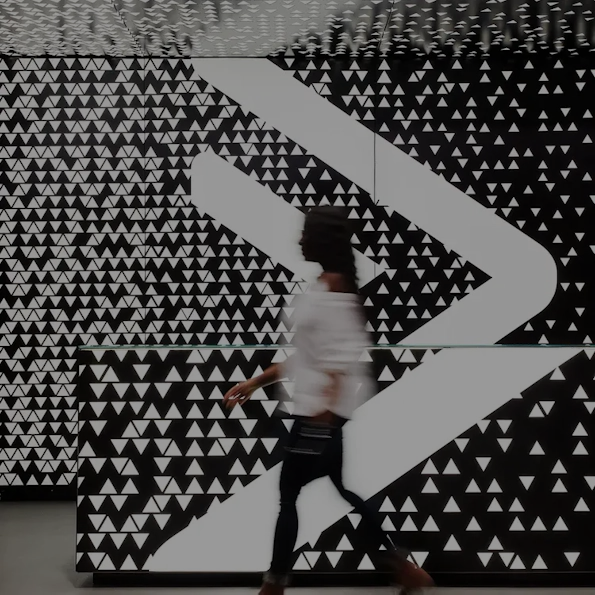LM: With social media shaping global design expectations, how do you avoid a 'cookie-cutter' approach and instead create emotionally resonant, culturally specific hospitality experiences?
JN: In the last seven years or so, social media has shifted how we perceive and value space. It rewards what’s instantly appealing and what photographs well. But design that lives for the scroll often dies in real life and brands should be conscious of this. It can be visually impressive, but emotionally hollow.
To counter that, we have to design with time in mind. Not just for the launch moment, but for what the space becomes and how it evolves over time. How it absorbs memory, mood and presence. The most resonant places are the ones that age with dignity and that tap into the emotional - they’re not just seen, they’re felt as they leave a lasting impression on us.
This is especially true in the automotive, aviation and hospitality industries, where the object, could be the seat, the cabin or the dashboard, can easily become the sole focus of the design language. The increasing trend to design a car’s dashboard around the tablet-style infotainment screen is a perfect example. But designing just the object misses the bigger picture. What matters is how that object fits within a broader cultural and emotional landscape. This is why we need placemaking in these spaces. Not just to make things functional or beautiful, but to create environments that reflect and grow with the people who move through them, how it will hold memory, create comfort and shape identity synonymous with the brand.
An aircraft lounge or car interior isn’t just a product. It’s a place where rituals form, habits emerge, emotions unfold and memories are made. If we only design for aesthetics, we miss that entirely. At NewTerritory, we see this not just through the lens of design, but through the lens of intelligence. That’s why we’re integrating insights from platforms like our brand intelligence platform, Aura, to inform how spaces should evolve with culture, not just trends.
Culturally specific design means allowing a place to carry the imprint of its people. Think of an airport that reflects the pace of its city. Or a hotel lobby that reflects both slow and fast-paced moments – facilitating new meetings and greets old habits. These aren’t theatrical backdrops, they’re lived-in environments and time is a material, through a day and over the years, we should be designing with more deliberately to allow the spaces to evolve and live and breathe.








